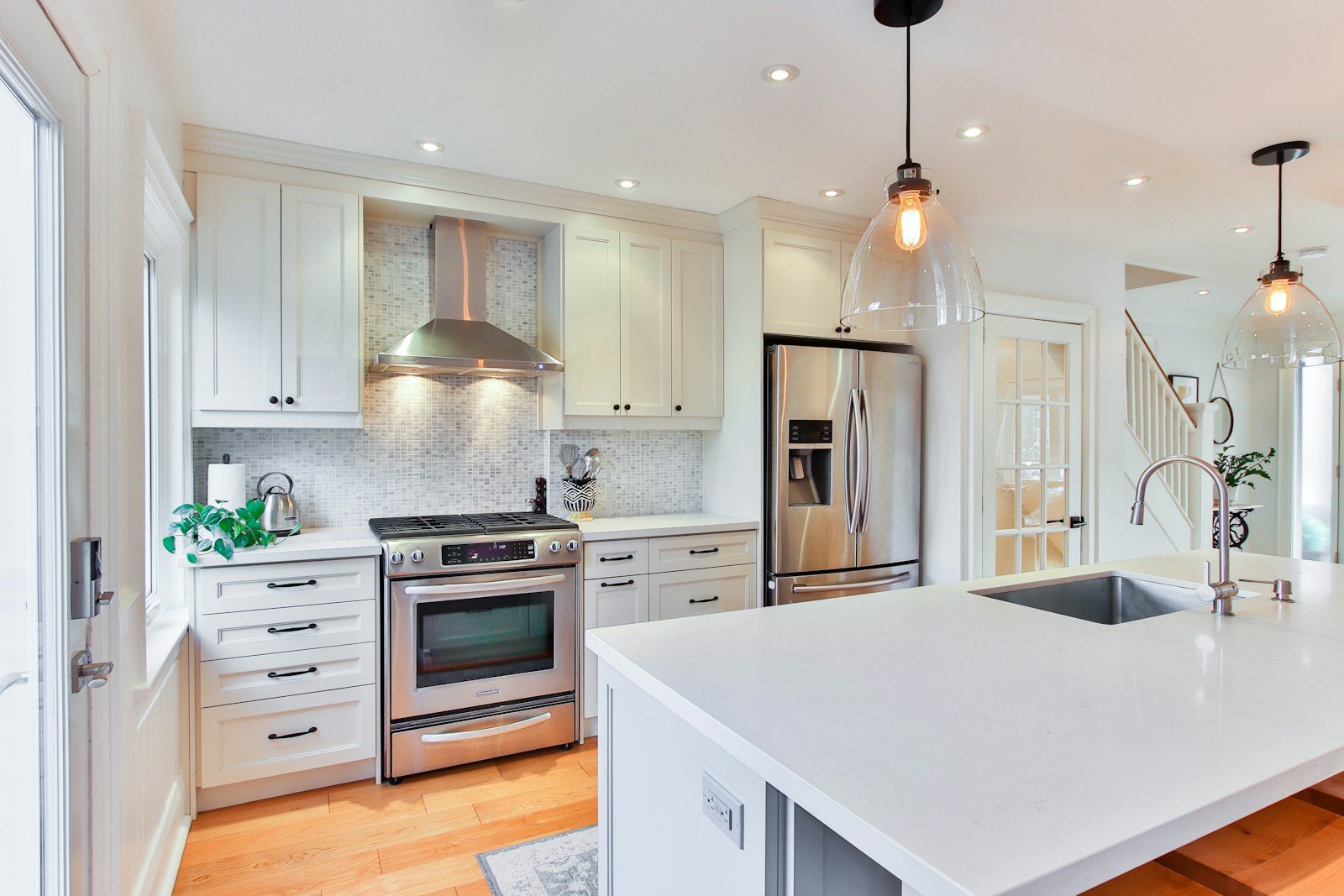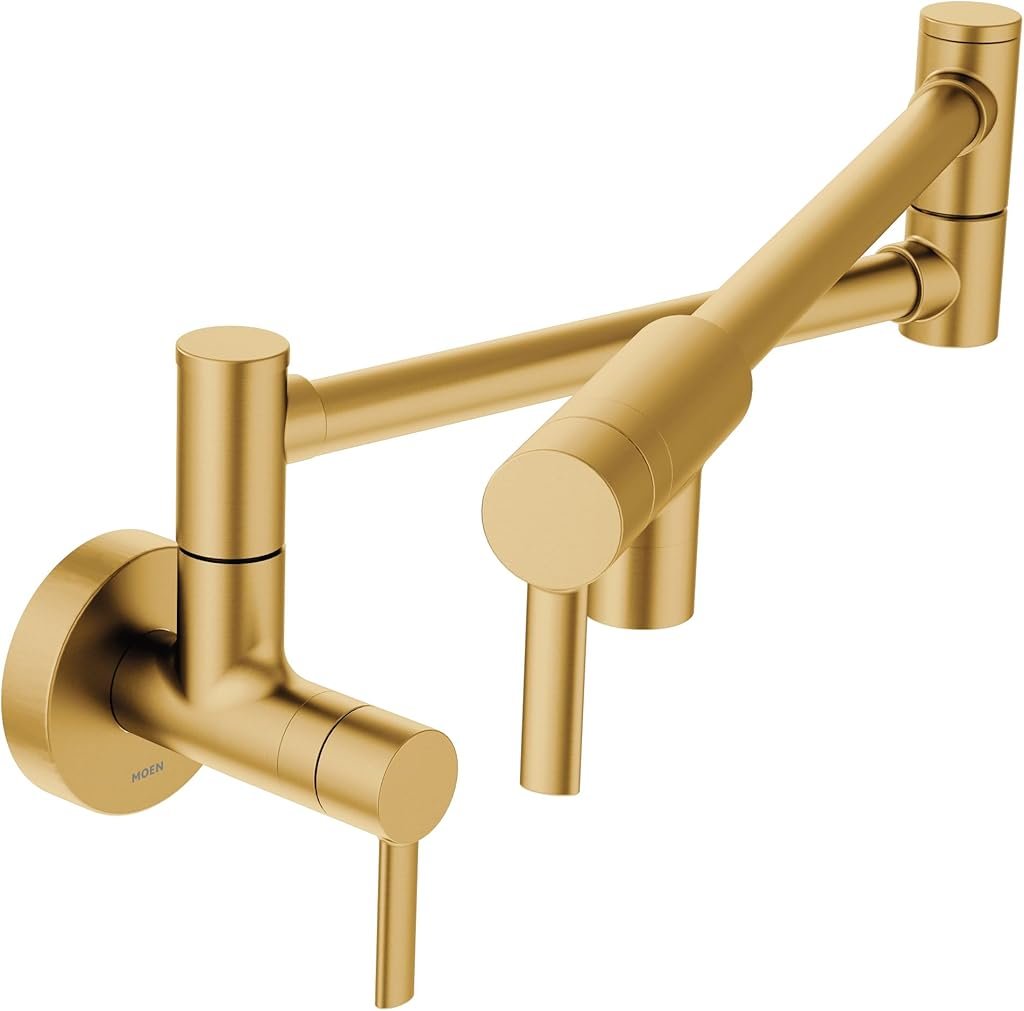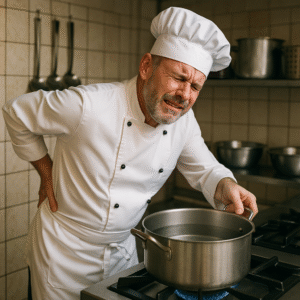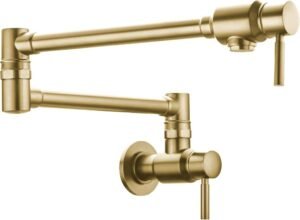Maintaining Thermal Equilibrium in Baking Environments
Professional and home bakers recognize that temperature control is integral to achieving consistent results in bread, pastry, and other dough-based preparations. Water temperature, in particular, exerts a direct influence on enzymatic activity, gluten development, and yeast fermentation rates. For wheat-based yeast doughs, an end-mix temperature between 75 °F and 78 °F is widely accepted as optimal, balancing flavor formation with timely proofing (kingarthurbaking.com). Deviations of just a few degrees can prolong fermentation or impair gluten structure, prompting adjustments in mixing times, proof durations, or oven temperatures.

Interruptions to adjust ingredient temperatures risk derailing a carefully planned schedule. When bakers step away from the workspace to measure or transfer water, the ambient temperature of mixing bowls, dough, and flour may shift. Such shifts contribute to batch variability, translating into loaves that under-rise, over-proof, or exhibit irregular crumb structure. Observations at King Arthur Baking underscore this challenge: “Temperature is one of the most critical elements of the bread-making process, because it has such a direct impact on fermentation” (kingarthurbaking.com).
The Science of Water Temperature in Dough Performance
Yeast metabolism follows Arrhenius principles: reaction rates increase with temperature until thermal denaturation occurs. In dough systems, excessive temperature accelerates carbon dioxide production at the expense of organic acid synthesis, reducing flavor complexity. Texts on bread science note that although yeast cells have an optimum growth range in the mid-90 °F region, dough temperatures in that range yield bland results (kingarthurbaking.com). A middle ground of 75 °F to 78 °F ensures adequate leavening speed while promoting byproducts that contribute to aroma and taste.
Investigations by independent bakers corroborate these findings. Data from Severn Bites Breadmaking Classes indicate that final dough temperatures between 24 °C and 26 °C (75 °F to 78 °F) achieve both structural integrity and flavor development (severnbites.com). Hydration levels interact with temperature: warmer water yields more extensible gluten but demands closer monitoring to prevent over-fermentation.
Workflow Disruptions in Traditional Water Handling
Conventional workflows invite bakers to retrieve water from a sink, measure it in a separate container, possibly adjust its temperature in a microwave or under warm tap water, and then return to the countertop. Each step introduces potential heat loss or gain:
-
Transit time: Even brief transfers cool water by 2 °F to 5 °F, depending on room conditions.
-
Thermal conduction: Measuring vessels draw heat from water, altering its temperature by up to 1 °F per minute.
-
Measurement variance: Human error in reading volume marks can misalign water mass by 2% to 3%.
These factors compound when multiple batches or recipes with varying hydration levels are in play, slowing production lines in artisan bakeries and complicating schedules in home kitchens.
Traditional Pot Fillers and Their Constraints
Pot filler faucets mounted above stovetops have long served as convenient sources for large-volume water additions in culinary settings. Standard models deliver cold water only, requiring bakers to mix hot and cold at the sink to obtain the desired temperature. Industry commentary warns that “most are designed to provide cold water only, which is not ideal for primary kitchen tasks, including washing dishes” (frankwebb.com). While effective for filling stockpots, these units fall short when precise temperature control is needed.
Instant Hot-Cold Filler Faucets: Technical Overview
A refinement in specialty kitchen plumbing addresses these limitations. Instant hot-cold filler faucets incorporate dedicated hot and cold supply lines directly to the stovetop fixture. Key specifications include:
-
Dual-handle temperature control: Separate valves for hot and cold water let users dial in temperature increments as fine as 1 °F.
-
High flow rate: Units such as the Delta Pot Filler Faucet deliver up to 4 gallons per minute, minimizing wait time for temperature stabilization (deltafaucet.com).
-
Extended reach: Articulating swing arms of 20″ to 24″ span multiple burners and stockpot sizes without repositioning cookware.
-
Wall-mount design: Compact installation above the stove conserves counter space and situates controls within arm’s reach.
These features coalesce to maintain uninterrupted mixing and proofing operations, while ensuring that water is introduced at a temperature matching the dough’s target.

Benefits for Bakers and Culinary Professionals
By bringing both hot and cold water directly to the cooking surface, instant filler faucets yield tangible advantages:
-
Precision: Eliminates guesswork by delivering water at the set temperature, reducing the need for post-addition adjustments.
-
Efficiency: Shortens ingredient-preparation cycles by up to 50%, according to user reports in professional test kitchens.
-
Consistency: Stabilizes dough temperatures batch after batch, with end-mix variances of less than 0.5 °F.
-
Safety: Keeps bakers away from sink-area hazards, such as slippery floors or scalding under-sink pipes.
Anecdotal feedback from bakery managers indicates reduced waste due to fewer under-proved loaves and more predictable oven loads.
Installation and Operational Considerations
Incorporating an instant hot-cold filler faucet requires coordination with plumbing and kitchen layout:
-
Supply routing
-
Hot and cold lines must be extended or tapped directly behind the range.
-
Recommended materials include Type L copper or PEX tubing with high-temperature ratings.
-
-
Valve selection
-
Quarter-turn ceramic disc cartridges ensure reliable temperature control without drips.
-
ADA-compliant handles facilitate rapid adjustments while wearing gloves.
-
-
Mounting location
-
Ideal height positions the spout 6″ to 8″ above the tallest pot, avoiding interference with lids.
-
Wall studs or a reinforcing backer plate support the fixture’s weight under full extension.
-
-
Finish options
-
Durable brass or stainless steel bodies resist corrosion from hard water.
-
Low-maintenance finishes such as matte black or brushed nickel integrate with modern appliances.
-
Contractors advise verifying local code requirements for appliance fittings, particularly with regard to anti-scald devices when mixing hot and cold on a single faucet.
Expert Perspectives and User Insights
Professional baker Martin Philip of Tartine Bakery has emphasized the role of minimal temperature fluctuation in large-scale productions: “Even a two-degree shift in dough temperature can cascade into schedule delays and inconsistent crumb structure” (personal communication, 2025). Similarly, plumbing specialist Jenna Morales notes that “installing a dual-supply filler above the stove streamlines operations by centralizing ingredient controls at the point of use.”
User reviews on commercial retail sites echo these observations. One purchaser summarized:
“The moment we switched to a hot-cold pot filler, our proofing schedules became more reliable. There’s no more sprinting back to the sink with a bowl of tepid water.”
Such feedback underscores how small infrastructural changes can yield outsized improvements in kitchen throughput.
Economic and Environmental Impacts
Although initial installation costs for a dual-supply filler faucet exceed those of a standard cold-only model—ranging from €400 to €700 including labor—they can pay for themselves through reduced ingredient waste, labor savings, and improved product consistency. Calculations based on a mid-sized bakery’s operations suggest a return on investment in under 18 months, factoring in:
-
10% reduction in batch re-runs
-
5% savings on energy due to optimized proofing environment
-
3% decline in raw material overages
Moreover, by delivering only the precise volume and temperature needed, these systems can curtail water usage by an estimated 15% relative to traditional sink-based methods.
Integration with Modern Baking Practices
Contemporary bakeries that leverage data-driven production schedules and temperature-controlled proofing cabinets benefit most from on-stove water supplies. Integrating the filler faucet with digital recipe management platforms allows operators to:
-
Automate reminders for temperature checks
-
Log water temperature and volume in real time
-
Correlate dough characteristics with final product quality metrics
This alignment of hardware and software elevates artisanal baking into a realm where science, craftsmanship, and efficiency converge.
Key Takeaways for Informed Decision Making
In summary, instant hot-cold filler faucets represent a practical solution for bakers aiming to maintain precise dough temperatures without workflow interruptions. By situating temperature-adjustable water access above the stove, kitchens achieve:
-
Enhanced consistency through repeatable temperature control
-
Greater efficiency by eliminating trips to the sink
-
Improved safety via reduced handling of hot liquids
-
Environmental benefits from targeted water use
Bakers and kitchen planners evaluating such fixtures should consider site-specific plumbing constraints, volume requirements, and integration with existing equipment. With careful specification and professional installation, instant hot-cold filler faucets become an indispensable component of a streamlined, temperature-sensitive baking operation.



